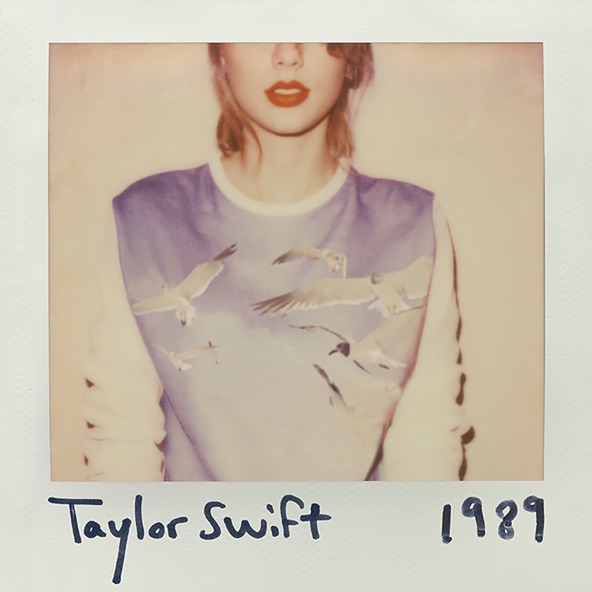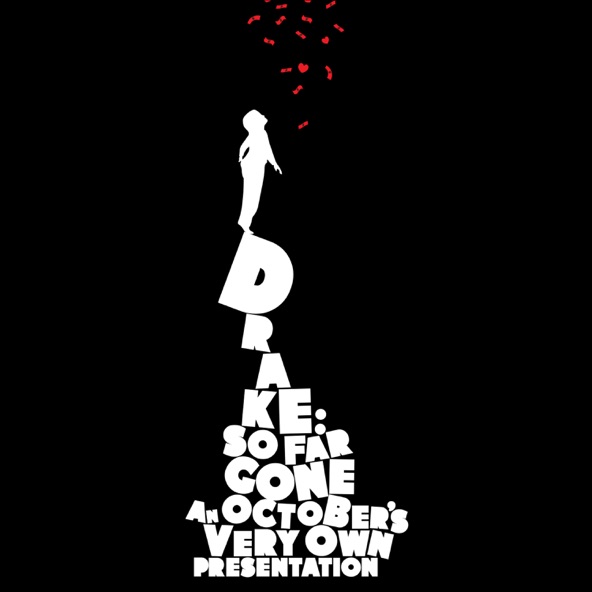Famous Classical Music: Iconic Works That Define the Genre
The Timeless Allure of Classical Music
Classical music holds a special place in the hearts of many, serving as a rich tapestry woven with intricate melodies, harmonies, and emotional depths. This genre has shaped the musical landscape for centuries, offering a diverse array of styles that resonate with audiences across generations. From the elegance of the Baroque period to the revolutionary ideas of the Romantic era, classical music captures the essence of human emotion and creativity.
The beauty of classical music lies not just in its technical complexity but also in its ability to convey deep feelings and transport listeners to another realm. This article delves into some of the most famous classical music pieces that define the genre and continue to inspire music lovers around the world.
Celebrated Compositions That Shaped Classical Music
Symphony No. 5 – Ludwig van Beethoven
One cannot discuss classical music without mentioning Beethoven’s Symphony No. 5. Known for its iconic four-note motif, this symphony represents triumph over adversity. The relentless drive of the opening notes, often described as “fate knocking at the door,” sets the tone for a journey filled with intensity and emotional depth. The juxtaposition of light and dark, despair and triumph, makes this piece a cornerstone of the classical repertoire.
The Four Seasons – Antonio Vivaldi
Vivaldi’s The Four Seasons is a brilliant depiction of the changing seasons through music. Each concerto paints vivid images of nature, from the warm, vibrant days of summer to the chilly winds of winter. The use of musical techniques to mimic natural sounds, such as birdsong in Spring and the chill of Winter, showcases Vivaldi’s innovative approach to composition. This work continues to resonate, often serving as a gateway for listeners new to classical music.
Eine kleine Nachtmusik – Wolfgang Amadeus Mozart
Mozart’s Eine kleine Nachtmusik (A Little Night Music) is a delightful serenade that epitomizes the charm and grace of the Classical period. Its lively melodies and spirited rhythms make it a favorite among audiences. The playful interaction between instruments creates an atmosphere of joy and elegance, making this piece perfect for any occasion. Its ability to evoke happiness and nostalgia has cemented its place as one of the most recognized classical compositions.
Symphony No. 9 – Ludwig van Beethoven
Beethoven’s Symphony No. 9, often referred to as the Choral Symphony, is a monumental work that represents the culmination of the classical symphonic form. The symphony is famous for its final movement, which features the "Ode to Joy," a setting of Friedrich Schiller's poem celebrating universal brotherhood. This work not only showcases Beethoven’s innovative use of choral elements within a symphony but also embodies the ideals of freedom and unity, making it a timeless anthem of hope and humanity.
Emotional Depth in Classical Music
Adagio for Strings – Samuel Barber
Barber’s Adagio for Strings is a hauntingly beautiful piece that captures the essence of sorrow and reflection. Often associated with moments of mourning and remembrance, this composition transcends time and remains relevant in various cultural contexts. The emotional weight of the string arrangements evokes a profound sense of longing, making it a staple in both concert halls and film soundtracks. Its haunting melodies resonate deeply with listeners, showcasing the power of music to convey complex emotions.
The Nutcracker Suite – Pyotr Ilyich Tchaikovsky
Tchaikovsky’s The Nutcracker Suite is a beloved work that brings holiday magic to life. The enchanting melodies of pieces like Dance of the Sugar Plum Fairy and Waltz of the Flowers transport listeners to a whimsical world of fantasy and delight. This suite not only showcases Tchaikovsky’s masterful orchestration but also highlights the joy and wonder of childhood. Its association with the festive season has solidified its status as a timeless classic, enjoyed by audiences of all ages.
The Lark Ascending – Ralph Vaughan Williams
Vaughan Williams' The Lark Ascending is a serene and poetic work for violin and orchestra that captures the essence of nature and transcendence. Inspired by George Meredith's poem of the same name, the piece evokes the image of a lark soaring into the sky. Its ethereal melodies and delicate harmonies create a tranquil atmosphere, allowing listeners to experience a sense of peace and reflection.
Requiem – Wolfgang Amadeus Mozart
Mozart's Requiem is a powerful choral work that embodies profound emotions of sorrow, reverence, and introspection. Left unfinished at the time of Mozart's death, the Requiem is known for its dramatic contrasts and rich orchestration. The haunting melodies and intricate vocal lines convey deep spiritual and emotional themes, making it a poignant piece often performed in times of mourning and remembrance.
The Innovation of Classical Music
Boléro – Maurice Ravel
Ravel’s Boléro is a groundbreaking composition that demonstrates the power of repetition and orchestration. The gradual crescendo and layering of instruments create a mesmerizing effect, drawing listeners into a hypnotic musical journey. This innovative approach to structure, combined with its captivating melody, makes Boléro a unique addition to the classical canon. Its rhythmic drive and sensuality have made it a favorite in both concert halls and dance performances.
The Planets – Gustav Holst
Holst’s The Planets suite is a bold exploration of the astrological characteristics of each planet in our solar system. From the aggressive rhythms of Mars, the Bringer of War to the serene melodies of Venus, the Bringer of Peace, this suite showcases Holst’s ability to convey complex themes through music. The orchestral textures and imaginative use of instruments invite listeners on an interstellar journey, making it one of the most innovative works in classical music history.
Symphonic Dances – Sergei Rachmaninoff
Rachmaninoff’s Symphonic Dances is a lush orchestral work that blends Russian musical traditions with Western influences. Composed in the 1940s, it reflects Rachmaninoff’s mastery of orchestration and melodic development. The piece is notable for its rhythmic vitality and rich harmonies, exploring themes of nostalgia and longing. Its innovative structure and emotive power make it a significant contribution to the symphonic repertoire.
Piano Concerto No. 1 – Pyotr Ilyich Tchaikovsky
Tchaikovsky’s Piano Concerto No. 1 is celebrated for its sweeping melodies and technical brilliance. The opening movement is particularly famous for its dramatic piano entrance and lush orchestration, showcasing the interplay between the soloist and orchestra. This concerto not only highlights Tchaikovsky’s romantic style but also remains a favorite among pianists and audiences alike for its emotional depth and virtuosic demands.
The Lasting Legacy of Classical Music
The timelessness of classical music is evident in its continued influence on contemporary artists across genres. The emotional depth, innovative structures, and captivating melodies of classical compositions inspire musicians, composers, and listeners alike. This genre serves as a testament to the power of music to connect people across generations, cultures, and experiences.
As we celebrate these iconic works, we recognize their enduring legacy and the profound impact they have had on the world of music. The beauty of classical music lies in its ability to evoke emotions, tell stories, and transport listeners to different realms, making it an essential part of our cultural heritage.
Conclusion: A Journey Through Time and Emotion
Classical music is a treasure trove of artistic expression, capturing the complexities of human emotions and experiences. The pieces highlighted in this article represent just a fraction of the incredible compositions that define the genre. Each work, from Beethoven’s powerful symphonies to Vivaldi’s vibrant concertos, contributes to the rich tapestry of classical music history.
Exploring these timeless masterpieces allows us to appreciate the artistry and innovation of the composers who shaped the genre. As we listen to these iconic works, we are reminded of the enduring power of music to inspire, comfort, and connect us all.
With this in mind, let the beauty of classical music fill your heart and mind, inviting you to experience the timeless artistry that continues to resonate across generations.
→→Explore more on LyricsDance.
.jpeg?p=17298483606462365)
.jpeg?p=17298483289864946)


.jpg?p=17307947295242273)







